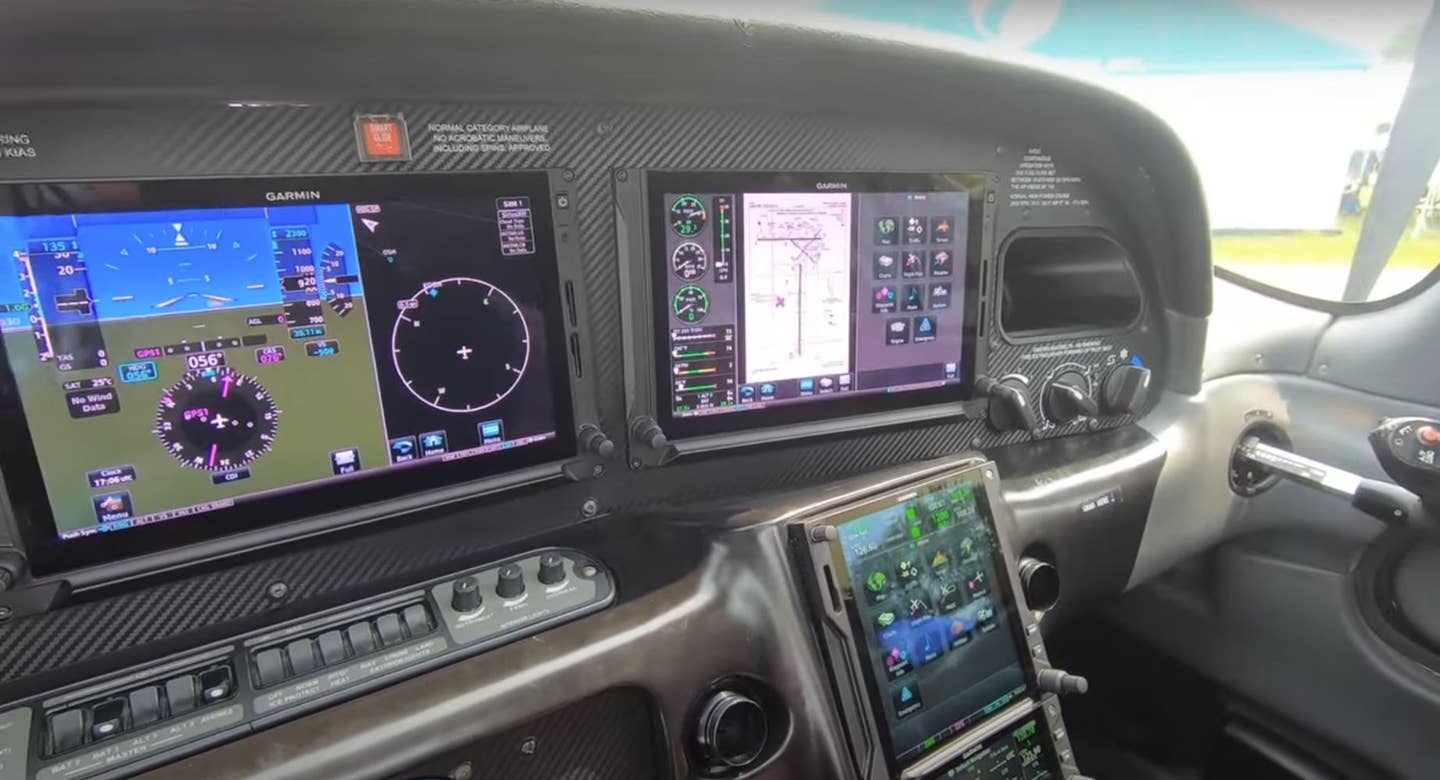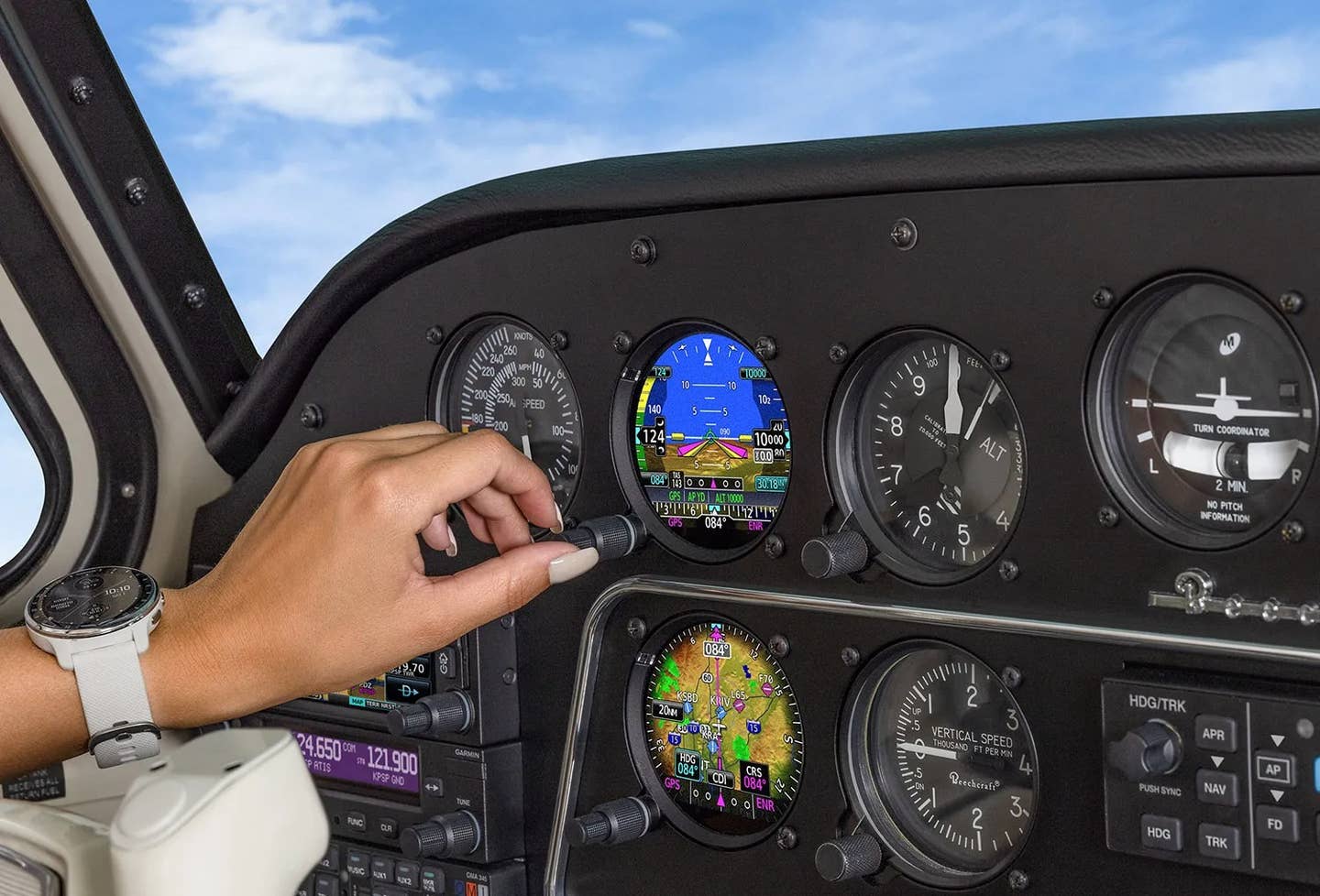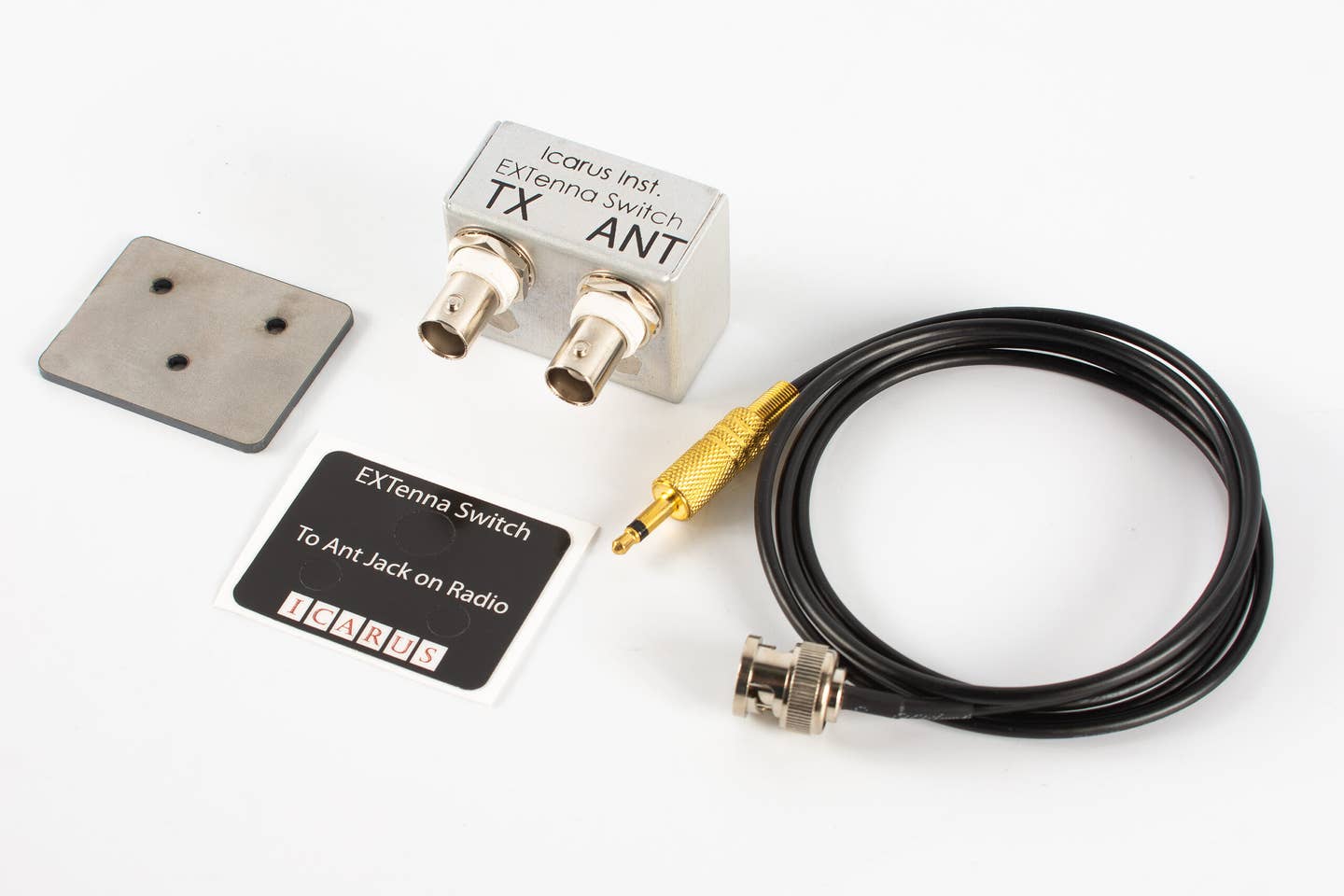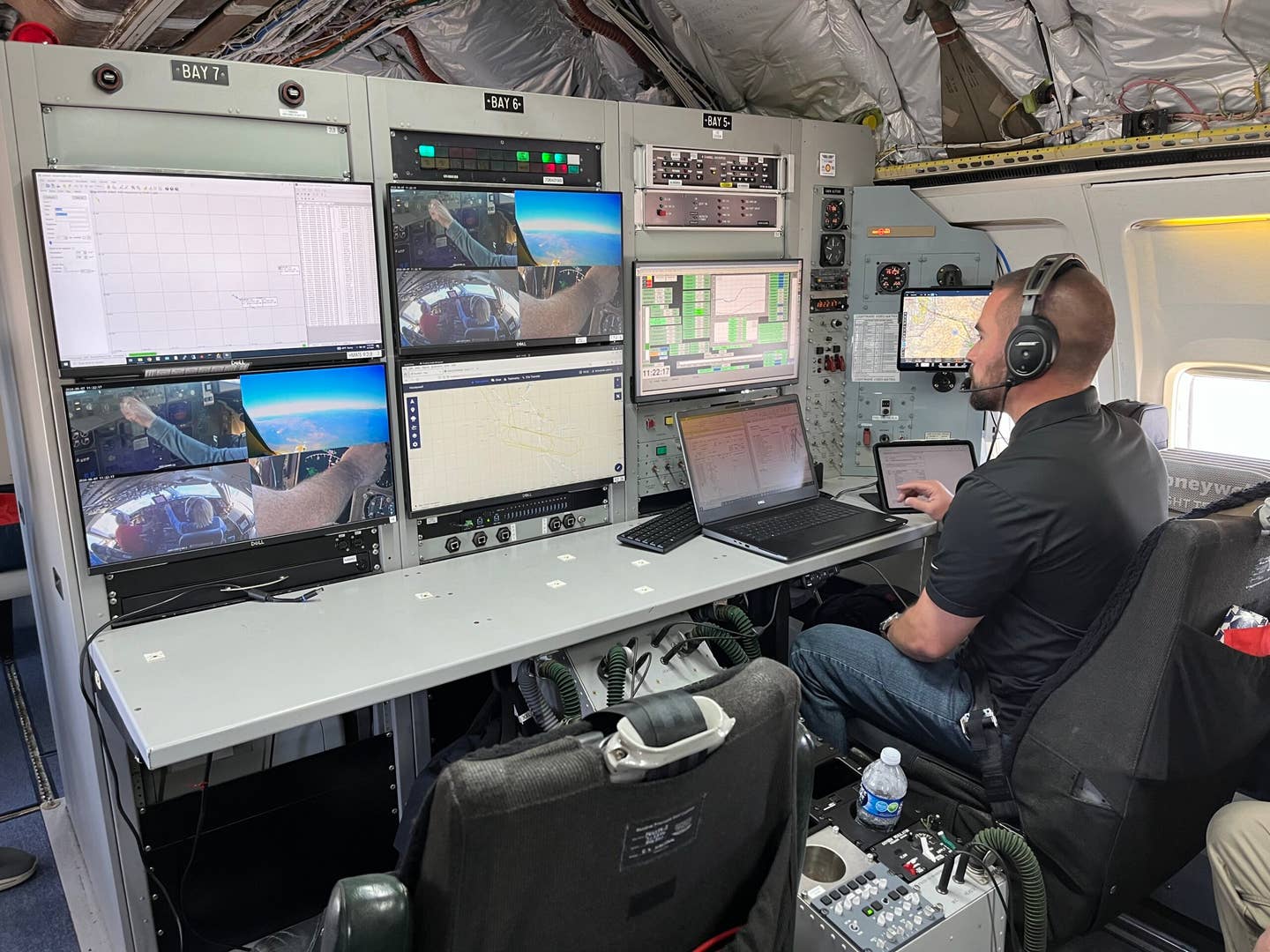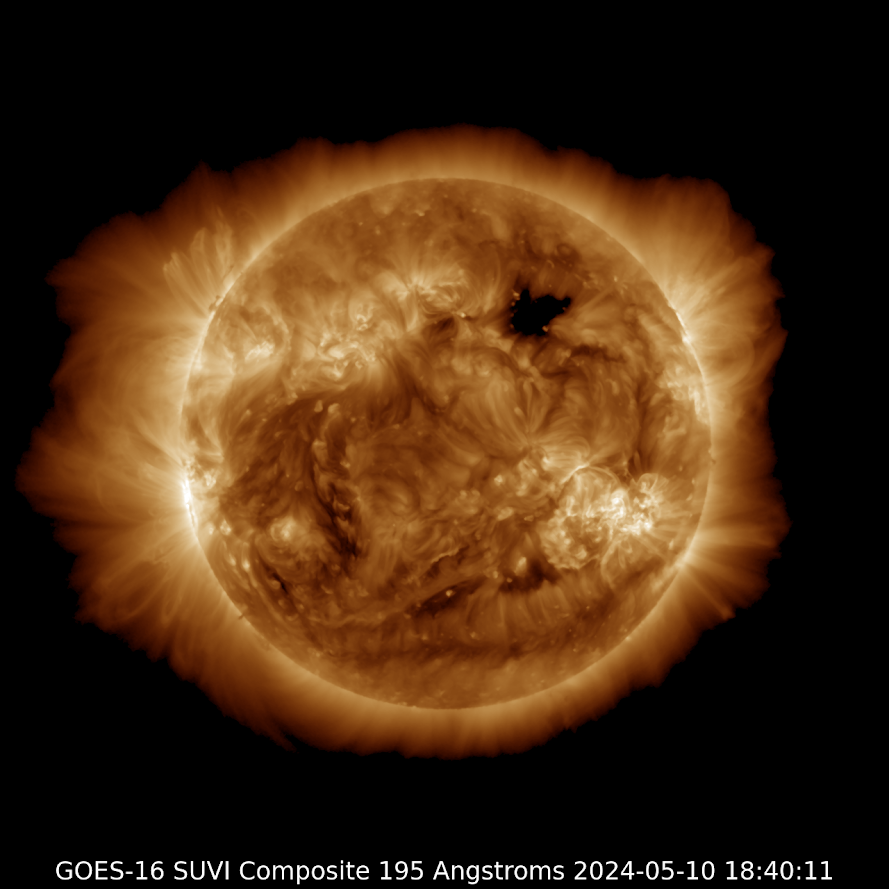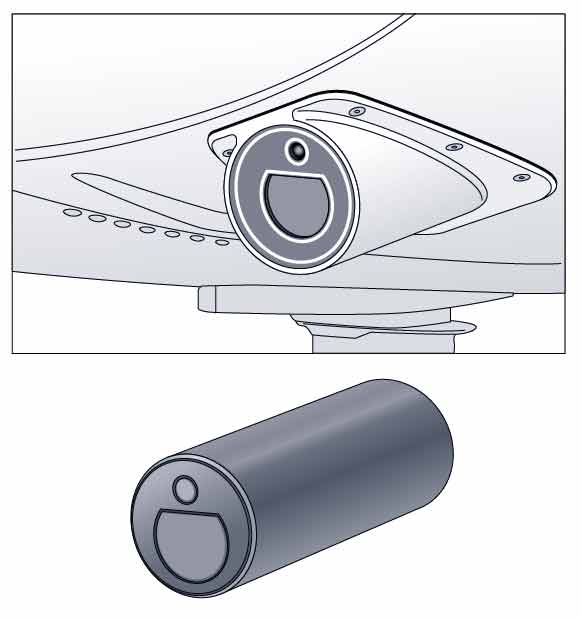
Typical EVS components include one or more infrared sensors, an image processor and a display device. Illustration by Tim Barker
If you’ve flown in reduced visibility or on a clear, moonless night and wondered what was ahead, you’re not alone. Pilots flying aircraft equipped with an enhanced vision system receive increased situational awareness information delivered to the cockpit in limited-visibility situations both day and night.
Manufacturers such as Max-Viz, Kollsman and Rockwell Collins produce infrared sensors like those in forward-looking infrared (FLIR) cameras used by the military and law enforcement.
EVS infrared cameras detect the heat of objects to create a black-and-white image of the world ahead, whether it’s a person standing on the ramp, mountains to either side of the approach path or lights on the active runway.
Typical EVS components include one or more infrared sensors, an image processor and a display device. The EVS camera is normally placed in the nose cone of the aircraft, just beneath the windshield or bottom of the nose.
Keeping the EVS sensors clean is not normally a concern because, unlike traditional cameras, infrared units see past dirt and bugs to create a clear image. An EVS does use a heating element to prevent the buildup of ice.
The Max-Viz 2300, as an example, adds between two and five pounds to an aircraft's empty weight and measures 2.8 inches in diameter and 6.8 inches in length.
The MV 2300 uses two separate sensors. A thermal detector reacts to long-wave infrared (LWIR) light using a vanadium oxide (VOx) sensor to detect electromagnetic waves in the 8- to 12-micron range. The thermal detector uses a 30-hertz refresh rate, creating a 640-by-480-pixel resolution output in a black-and-white “video appearing” format. The thermal sensor is capable of detecting temperature changes of less than one-tenth of 1 degree Celsius.
The second element, a runway light detector, is actually a complementary metal-oxide-semiconductor (CMOS) visible light sensor to detect electromagnetic waves in the 400- to 900-nanometer range, allowing detection of LED lights.
The MV 2300 system uses an image processor to control dynamic range and the blending of visible and infrared images.
An EVS requires either a multifunction display installed in the panel or a head-up display, usually hung in front of the pilot’s eyes to display the EVS imagery.
EVS units come in two varieties: cooled and uncooled. The first uses a cryogenically cooled IR detector typically using a mid-wave, aka MWIR, to detect radiation in the 3- to 5-micron range.
Flying through thick marine fog, more energy can be detected by the MWIR than the uncooled LWIR. But on a cold, dark night, thermal energy shifts toward longer wavelengths, making an LWIR detector in the 8- to 12-micron range more effective.
Because cooled and uncooled detectors each have strengths, an EVS needs more sensors to see more. It’s the reason why the EVS trend today is toward blending different detectors in one system.

Subscribe to Our Newsletter
Get the latest FLYING stories delivered directly to your inbox

